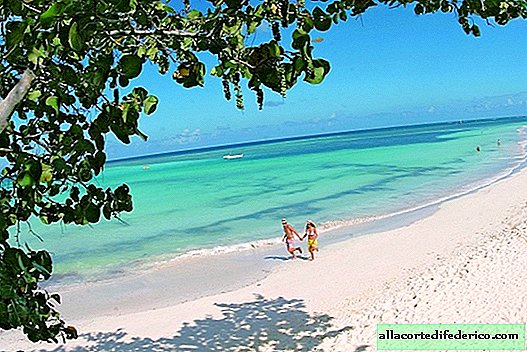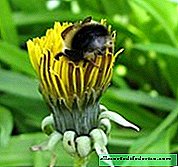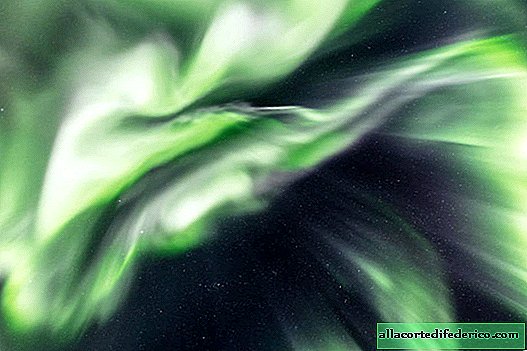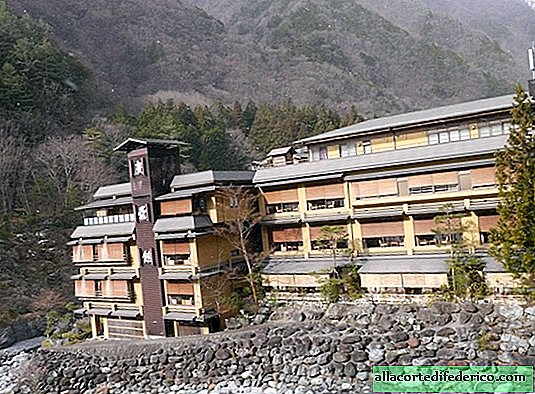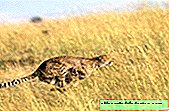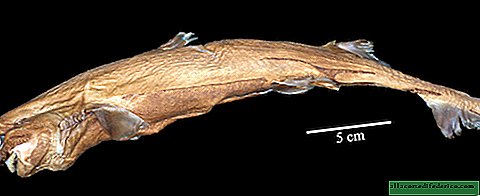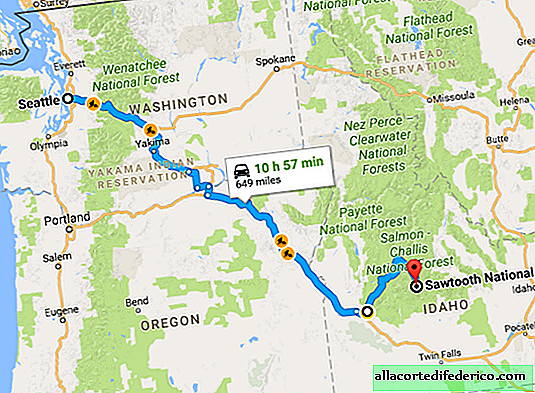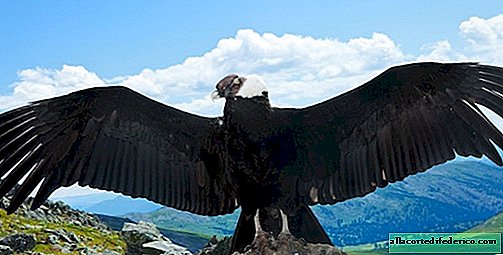Grif'er
When it comes to vultures, “bloody” pictures of their feasts immediately pop up in the imagination. The reason for this prevailing stereotype is the fact that the simplest (although I would not say so) and popular way to remove these birds is bait and bait. In some countries, this allows you to shoot at arm's length. However, vultures and vultures, despite their lifestyle, are very clean and like to take care of themselves. I was lucky to be convinced of this alive. At least for all the days we spent at the watering place, he was never empty. When more, when less, but the bird always flew. Here is a little of what we were able to observe.

We are heading for a ride at dawn. Before, there wasn’t much sense, and it’s simply dangerous. Vultures and vultures, as a rule, do not appear on a watering place before 11 hours. We climb into hiding, arrange the equipment and begin to watch. The husband, as usual, sniffs nearby on a karemat. It is understandable, because he carries on himself the extra 15 kg of equipment. Need rest.
Toward 12 o’clock, several birds usually fly in, drink quickly, sit and rest a bit, and immediately fly away on business. The bulk is pulled up to about 2 hours. The thunder at the landing of the vultures is terrible. You can’t even look out the window, it’s impossible not to hear. When you have been sitting for almost 8 hours, the thought involuntarily creeps in that this time everything, they somewhere found carrion and will not arrive. But then there is the sound of sipes braking the wings, and the heart already jumps out of emotion. DAAAAAAAAAAAAA ... Arrived !!!!
Vultures, according to my observations, sit almost silently. At least a couple of times it happened that I looked out the window, see if anyone was floating in the sky, and came across a neck that was already sitting on some of the bathtubs.
The maximum number of birds that arrived was more than 40 vultures and about 20 vultures. This, of course, is an unforgettable sight, but when there were no more than 10, it is easier to shoot. There is no such desire to tear between bathtubs.
General view of one of the bathtubs. How wide was the focal width.

I was very interested to see how such birds behave in their free time from their usual activities. The general system of behavior is as follows: upon arrival, it begins to find out who is the most authoritative here. I have 3 main baths in the visibility zone and about 4 less popular ones. Around the main ones, as a rule, the struggle for priority begins: "you were not here", "I occupied yesterday." He doesn’t get to serious fights, so little by little they jump on each other and that’s all ... Then the winner either bathes or just stands in the water. The rest are waiting in line, wandering from one bath to another and checking the winner for moral stability. Oddly enough, but the most daring are young people. Just fearless. Often it was necessary to observe how a young vulture drove the bar away from the water, and vice versa.


After bathing, the process of drying and cleaning the feathers begins. Still ... So get wet - it is still necessary to try. A serious and majestic bird had just entered the water, and some kind of suction had come out.




Those who did not swim in anticipation, while all their family members or colony comrades are about to fly away, just lie and rest. It is indescribable to watch how vultures and vultures doze near you in the sun. I remember how happy I was when they flew to me to bait. But here emotions are much stronger ...
I really wanted to see someone with rings ... But alas, it did not work out yet ... Though you take it and label it yourself.
Well, actually the bathing itself. It is very peculiar. I remember how a small bird bathes, and here is a completely different approach. First, the tail sinks into the water, then the neck is laid on one side, then it is shifted to the other, and only then it begins to splash.
After exiting, they begin to open the beak. It seems to me that in this way they are “blown away”. Like a man with ears in it. But this is my opinion, can someone have their own thoughts on this?
It was interesting to catch vultures and vultures in flight. In recent times, I already understood when they will start. The main sign before the start, somewhere in a minute, they, as a rule, "lose" excess weight.
The ambush itself is in full swing with life. In recent weeks, the number of midges has been prohibitive. During the time you go to the shooting point and back, you can have a good meal with them. And nobody asks your wish. Many flies flew into hiding, and this was very interesting for local lizards. They crawled both inside and outside along the walls of the embankment, and hunted for midges. In general, I did not have to get bored.

In addition, a lot of small birds sat on the branches, which was closed our litter. And once a griffon vulture sat on top of us. I was just looking out the window, and a vulture flew right at me. At the last moment, he soared up and crashed down on a lap ... I already regretted that Dima was also with me. He loves making backstages so much. That would be his finest hour.
About the filming itself ...
When choosing a place for sitting out, we tried to take into account all the nuances. Of course, the fix was shooting. We saw it live when we found this place for the first time, and it was firmly imprinted in our desires. But the desire to get art shots was no less. And there were problems with this. We did not know where vultures like to relax after taking water procedures. Of course, they tried to analyze the traces of litter scattered on the slope of the feathers, but then realized that this was a waste of time. Because there were practically no places for seating. Bare stone, loose slopes, creeping shrubbery. In general, they decided to put where it would least bother the birds, it would be successful in the world, and in the firing zone there would be a maximum number of bathtubs. And then we will be already adjusted. In addition, the mode selected by the birds, from 1 to 16 hours implied hard sunlight. In cloudy weather it is better with light, but shutter speeds are significantly reduced. The most ideal was when the birds lingered a bit on the baths, the sun was hiding behind a hillock, but the lighting itself was enough. It was a pity it was extremely rare.
Go under the wing, honey!

In cloudy weather, you can assess the degree of masking of vultures. Their usual nesting places are rocks, and they managed to adapt to them.

Birds fly around at 5 p.m. At this time, the baths are already fading from the neighboring rocks, and it’s probably time for the birds to return to their places of permanent deployment. At this time, and we begin to pack. We need to get out of dangerous areas before dark.
Well, a few more photos ...





